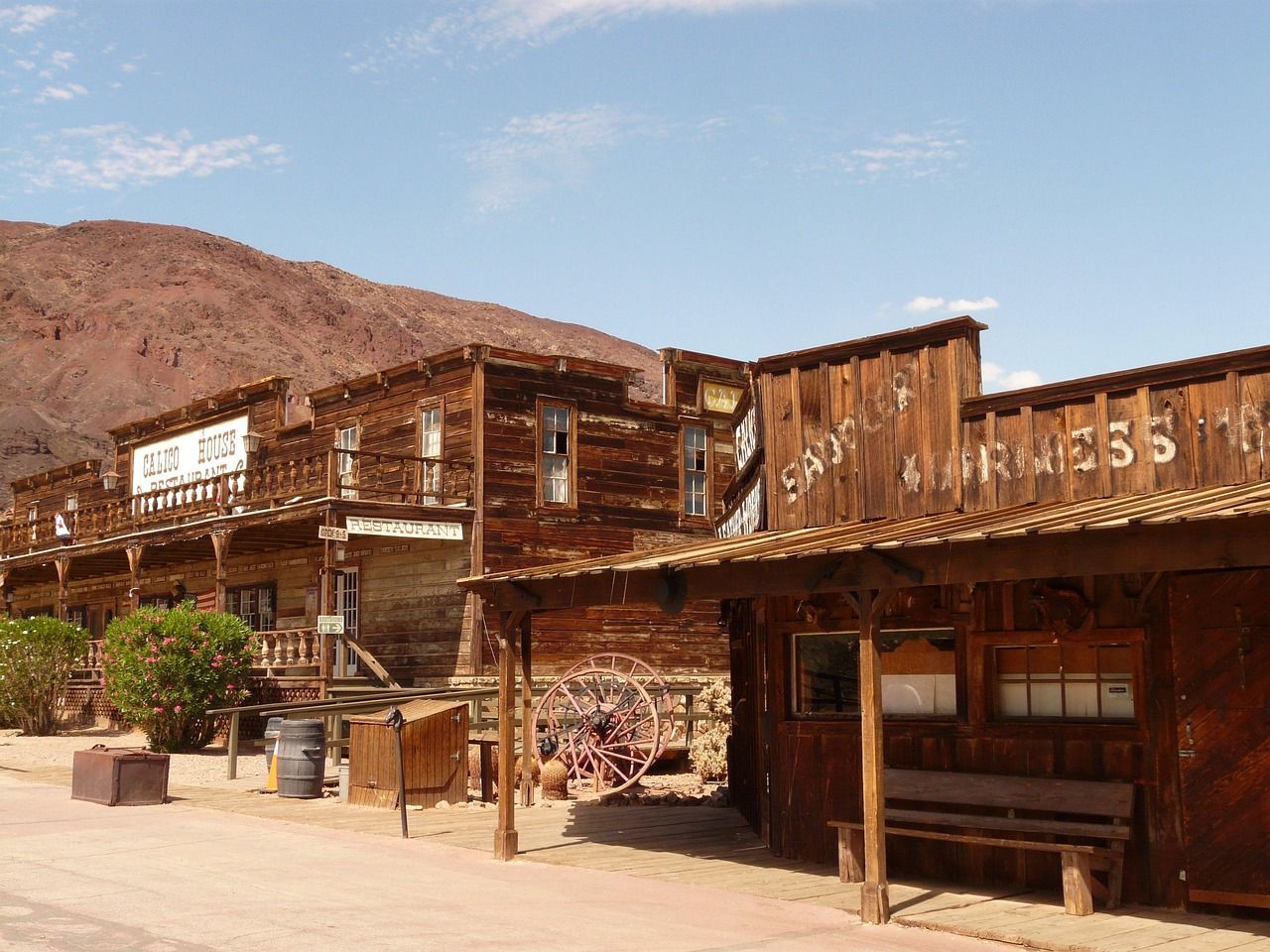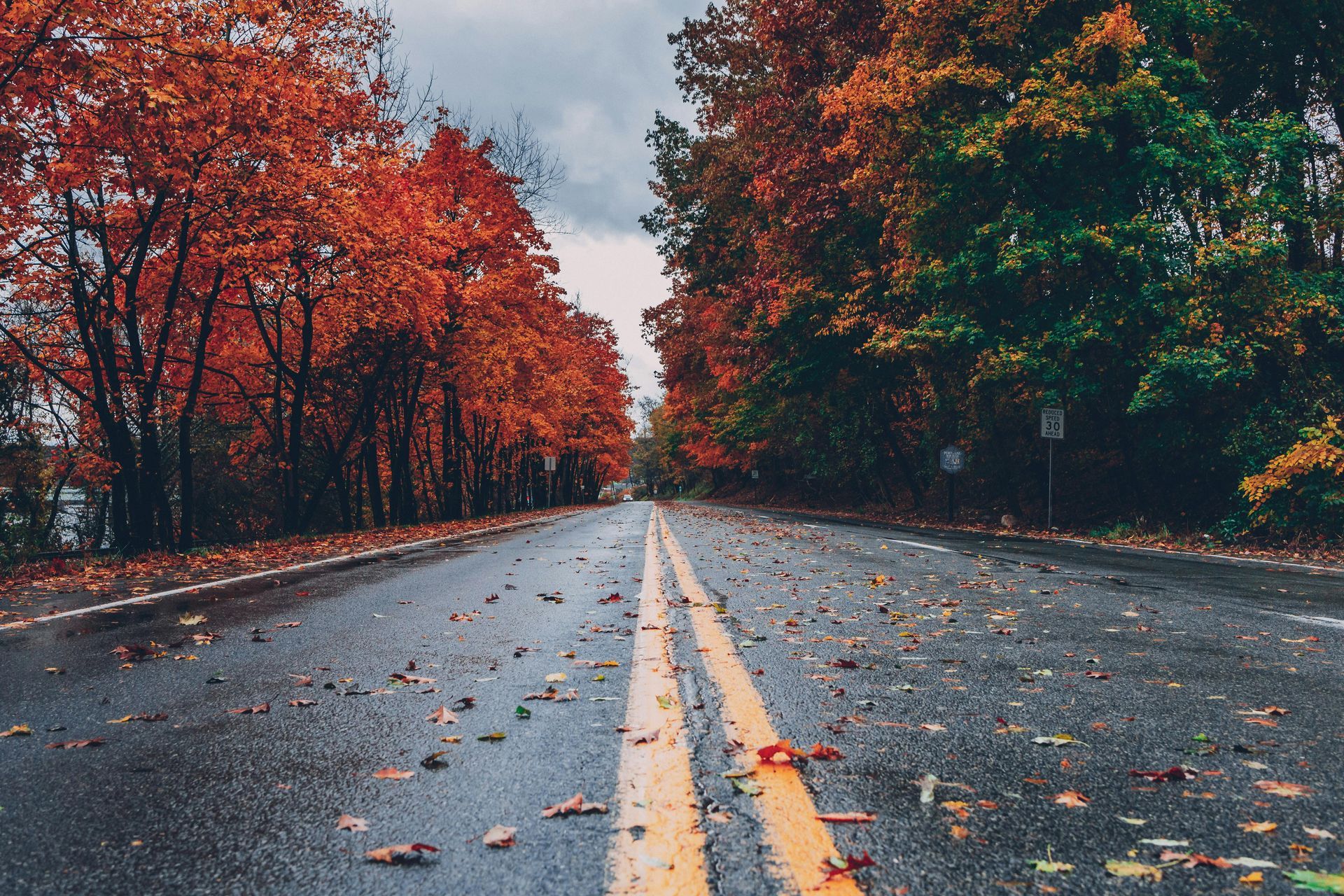A road trip to San Francisco from Grand Canyon National Park takes you from one of the world’s most stunning natural attractions to one of its most advanced cities.
A 930-mile road trip to San Francisco from Grand Canyon National Park takes you through the states of California, Nevada, and Arizona. You will pass stunning deserts, forests, mountains, and towns as you travel between two of the most contrasting destinations in the United States.
If you want to ensure you don’t miss anything as you drive a route affectionately known as the “Majestic Mountain Loop”, we highly recommend that you read on.
A Road Trip To San Francisco From Grand Canyon National Park: How Far Is It, What Is The Best Route, & How Long Will It Take To Get There?
The shortest route for a road trip to San Francisco from Grand Canyon National Park covers 790 miles and takes 11 hours and 45 minutes to drive. However, we feel the best route for a road trip to San Francisco from Grand Canyon National Park covers 930 miles and takes 14 and ½ hours.
Short Route
Anyone wanting to take the short route needs to start by heading south from the Grand Canyon until they reach I-40, then follow this west to its conclusion in Barstow, California. Continue heading west on California State Route 58 until you reach Bakersfield, then start heading north on I-5.
Remain on this to Exit 403B, where you will head west on California State Route 152. Stay on this until you reach Gilroy, where you will join US Route 101 and follow it the rest of the way to your destination in San Francisco.
Best Route
Much like with the short route, the best route for a road trip to San Francisco from Grand Canyon National Park begins with you heading south until you reach I-40, and then taking it west. When you reach Exit 48 in Kingman, Arizona, head north on US Route 93 and follow it to where it merges with I-11 on the Arizona-Nevada border.
Stay on I-11 for its entire 54-mile duration, then continue going north on US Route 95. When you reach Beatty, Nevada, pick up Nevada State Route 374 where it begins and follow it for its 9-mile duration. Remain on the road as you pass into California, and when you reach California State Route 190, follow it to just before Panamint Springs.
Here you go south on Panamint Valley Road and keep following it as it changes name to Trona Wildrose Road and then Trona Road. When it splits, follow Searles Station Cutoff to US Route 395, which you will briefly take south before turning right onto Garlock Road, to head towards Red Rock Canyon State Park.
When you reach the entrance road to the park, go south on California State Route 14 and follow it past California City Airport, where you will head west on California State Route 58. This will take you to Bakersfield, where you will use Exit 110B to go north on California State Route 99. Stay on this all the way to Exit 241, where you will go west on California State Route 120.
Use Exit 1A to go south on I-5 before almost immediately using Exit 458B to join I-205 and continue going west. Follow this for its 13-mile duration, then continue heading west on I-580 until you reach Exit 19A in Oakland. From there, simply go west on I-80, across the San Francisco-Oakland Bay Bridge, to your destination in San Francisco.
Best Time For A Road Trip To San Francisco From Grand Canyon National Park
The best time for a road trip to San Francisco from Grand Canyon National Park is the month of June.
This month ticks all of the boxes, as it is one of the warmest, driest months in San Francisco, which can experience wet, chilly weather, while avoiding the height of California wildfire season. It is then also a period when our route will be pleasantly warm and have all of its attractions open, but our start point of Grand Canyon National Park won’t be facing the blistering temperatures and massive crowds that it experiences every summer.
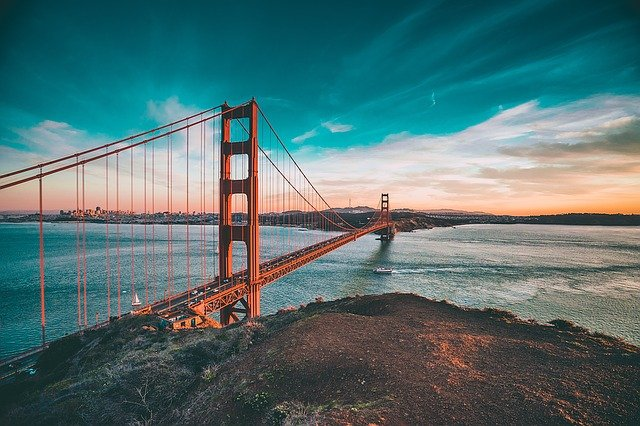
Best Place To Stop On A Road Trip To San Francisco From Grand Canyon National Park – Las Vegas, Nevada
With the best route for a road trip to San Francisco from Grand Canyon National Park taking around 15 hours, you are going to need to break the drive up. There are some great places on our route to do that, but none come close to being as good as Las Vegas, Nevada, as there is simply so much on offer to see and do.
Nevada’s largest, most populous city, Las Vegas, was established in 1905 and boomed into life in the late 1930s, thanks to its legal casino gambling and the tourists and workers travelling to the Grand Canyon and Hoover Dam.
A thriving 24-hour metropolis of casinos, bars, restaurants, hotels, and entertainment establishments hosting everything from cabarets to international artists, Las Vegas is unlike anywhere else on Earth, which explains why it gets around 42 million visitors per year.
Nearby Mount Charleston even provides opportunities for nature lovers. The most prominent peak in Nevada and the 8th most prominent in the lower 48 states, its stunning wilderness areas are filled with hiking trails and stunning views, and it even turns into a skier’s paradise in the winter.
Best Hotel To Stay At In Las Vegas – The Bellagio
The Bellagio is a stunning, world-famous, 5-star casino hotel at the heart of The Strip. Known for the legendary Bellagio Fountain Show, it is a property that exudes style and sophistication.
All of its rooms are elegantly designed, air conditioned, and boast marble en suite bathrooms, comfortable, stylish linens and furniture, incredible views, and luxury amenities like flat-screen satellite TVs, electric drapes, plush bathrobes, iPod docking stations, Wi-Fi, and a minibar. The property itself then boasts a choice of 5 pools, various bars, shops, and restaurants, a casino, a botanical garden, and conference rooms.
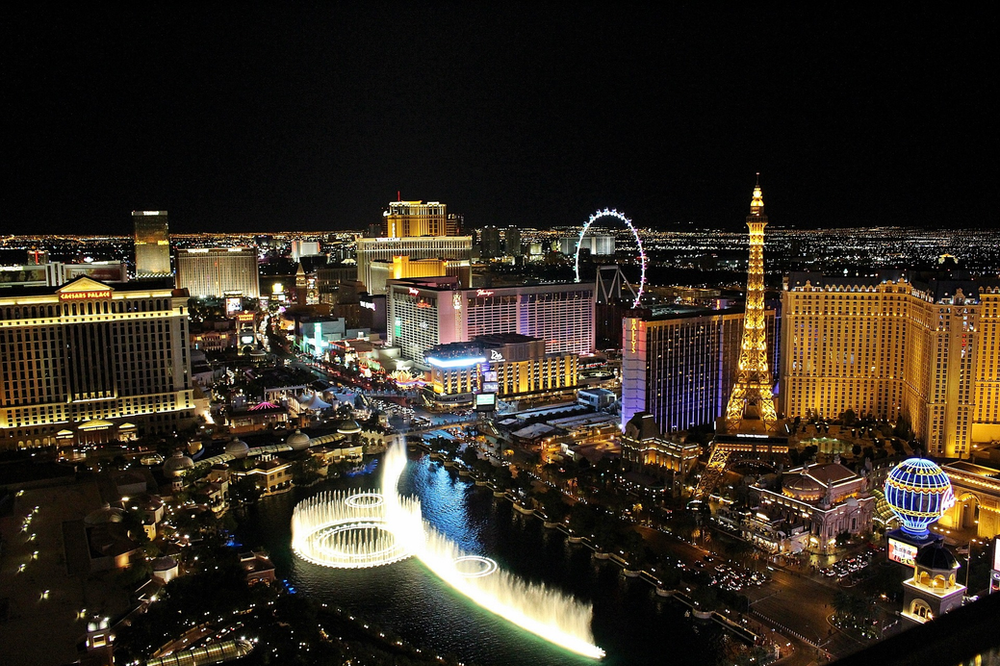
Top Attractions On A Road Trip To San Francisco From Grand Canyon National Park
Williams, Arizona (Both Routes)
Williams, Arizona, is a historic town on Route 66 that is full of culture and historic attractions. Petrolania fans and historians will appreciate Pete’s Route 66 Gas Station Museum, which boasts a museum and collection of vintage vehicles. The Route 66 Zipline is ideal for thrill seekers, as it lets you fly over Route 66. Bearizona Wildlife Park is perfect for nature lovers, as it houses bears, bison, mountain goats, birds of prey, and more.
For those who want to see everything Williams has to offer, we even put together a dedicated article, which you can read here.
Seligman, Arizona (Both Routes)
Seligman is another historic Arizona town on Route 66 that leans into the road’s history. Nowhere is this demonstrated better than in the Seligman Commercial Historic District.
A designated Arizona historic highway and listed on the the National Register Of Historic Places, it boasts many businesses and buildings dating back to the road’s heyday, such as a gas station, general store, post office, pool hall, and theatre, many of which are either still open or preserved as museums. Throw in themed bars, shops, and restaurants, and Seligman is another perfect stop for those interested in Route 66.
Kingman, Arizona (Both Routes)
A third and final historic town in Arizona on Route 66, Kingman again features various attractions dedicated to the history of the road and the local area. Its top tourist attractions include the Mohave Museum Of History And Arts, Kingman Railroad Museum, Arizona Route 66 Museum, and a locomotive park with a 1920s steam engine.
The Hoover Dam (Best Route)
Built between 1931 and 1936, the Hoover Dam is a concrete gravity-arch dam famous for its iconic architecture, construction cycle, and size. Among the largest dams on Earth, it stands 726 feet (221 metres) tall and 1,244 feet (379 metres) long.
It holds the largest reservoir in the United States, Lake Mead, and fuels a hydroelectric plant that produces 29% of southern California’s electricity, 23% of Nevada’s, and 19% of Arizona’s. A popular tourist attraction, it offers scenic views, guided tours, informational plaques detailing its history, and memorials dedicated to those who lost their lives during its construction.

Beatty, Nevada (Best Route)
“The Gateway To Death Valley”, Beatty is just 5 miles from Death Valley National Park’s northeast entrance. Best known for its proximity to the nearby Rhyolite ghost town and historic mining community, it also features the Goldwell Open Air Museum, an outdoor sculpture park, and a great selection of eateries, shops, motels, and RV parks.
In the surrounding area, you also have Yucca Mountain and its incredible views and landscapes, Bailey’s Hot Springs & Bathhouses, and the Nevada Test Site, where nuclear weapons were tested and guided tours around recreations of towns and communities in the middle of the desert can be enjoyed.
Death Valley National Park (Best Route)
Death Valley National Park covers 3.4 million acres, making it the largest national park in the lower 48 states and the 5th largest in the U.S. overall. Infamous for its hot, barren, and beautiful landscapes, the park holds several records. Badwater Basin is the lowest point in the U.S. at 282 feet below sea level, and Furnace Creek is the hottest place on Earth, having recorded a temperature of 131.4 °F (56.7 °C).
Its vast wilderness areas, deserts, mountains, and dunes are full of wildlife and offer opportunities for hikes, scenic drives, and photography, as well as giving movie buffs the chance to seek out filming locations from the countless films that have been shot here through the years.

Red Rock Canyon State Park (Best Route)
Red Rock Canyon State Park is a 27,000-acre park established in 1968. It boasts incredible canyons, deserts, and rock formations made from white clay, red sandstone, pink volcanic rocks, and brown lava, which are home to various species of animals, including eagles, falcons, roadrunners, hawks, coyotes, kit foxes, squirrels, bobcats, lizards, and mice.
Popular for activities like camping, hiking, picnicking, sightseeing, equestrian activities, and astronomy, it is a must for geology or nature lovers. It is also another place where many movies have been shot too.
Havasu National Wildlife Refuge (Short Route)
Havasu National Wildlife Refuge is a protected area and important wetland habitat for breeding, migrating, and nesting birds. Nature lovers and bird watchers will love spotting rare and interesting species like peregrine falcons and roadrunners here.
Mojave National Preserve (Short Route)
A 1.6-million-acre desert wilderness, the Mojave National Preserve is popular for hiking, horse riding, and four-wheel driving. It features numerous historical markers and the Kelso Ghost Town, which has a historic rail depot you can explore.
Calico Ghost Town (Short Route)
Situated in the hills northeast of Los Angeles, Calico is an abandoned silver mining town that has been preserved in its traditional, wild west style. It features fabulous attractions like a train ride down into the mine, faux stores showing how traditional goods were made, and a saloon serving old-fashioned sarsaparilla.
Easily visible from the highway, due to its name being marked out in white rocks on the side of the hill, it is one of the best ghost towns to visit anywhere in the United States.
Barstow, California (Short Route)
Barstow is a famous town and railroad depot on Route 66. Home to the Barstow Route 66 Mother Road Museum, it is a great place to explore the history of both the railroad and automobile industry, and the museum features extensive artwork, historic vehicles, photographs, and petrolania dedicated to Route 66.
Bakersfield, California (Both Routes)
Bakersfield is the 5th largest and 9th most populous city in California, and a location known for its energy, agriculture, and music industries. The Bakersfield Sound subgenre of country music was established here in the 1950s, and classical, jazz, rock, heavy metal, and doo-wop have all been prominent here through the years. Its numerous live music venues offer opportunities to embrace the city’s musical past with all these genres.
Meanwhile, its thriving arts and culture scene, historic and iconic theatres like the Bakersfield Community Theatre, the oldest live community theatre in California, and selection of museums, historic buildings listed as both California Historical Landmarks and on the National Register Of Historic Places, and live events, fairs, and races mean there is plenty here for everyone to enjoy.
Pinnacles National Park (Short Route)
Pinnacles National Park is one of the newest national parks in the United States, having only been established in January 2013. It is also among the smallest and least visited national parks in the country, as it covers just 26,686 acres and receives 166,000 visitors per year.
It is known for its volcanic landscape and ruggedly beautiful geographic features like caves, pinnacles, rock formations, and spires, making it a very popular destination with cavers and rock climbers.
Hikers are fond of its scenic trails too, as are birdwatchers and nature lovers, who come to see its range of inhabitants, which includes bats, bobcats, deer, foxes, and over 180 species of birds, such as the California condor, as well as a vibrant range of wildflowers in all different colours.
Sequoia National Park (Best Route)
Sequoia National Park is the second oldest national park in the nation, behind only Yellowstone, having been founded on September 25th, 1890. The first of 3 national parks on our route collectively known as the “Majestic Mountain Loop”, Sequoia National Park is famous for its towering old-growth forests.
Within them you can enjoy scenic hiking trails, breathtaking panoramic views, the General Sherman (the Earth’s largest known living tree by volume), Mount Whitney (the highest point in the lower 48 states), Crystal Cave, Log Tunnel, Moro Rock, the General’s Highway, and a selection of wildlife that includes bears, bighorn sheep, deer, foxes, and hundreds of different species of birds.
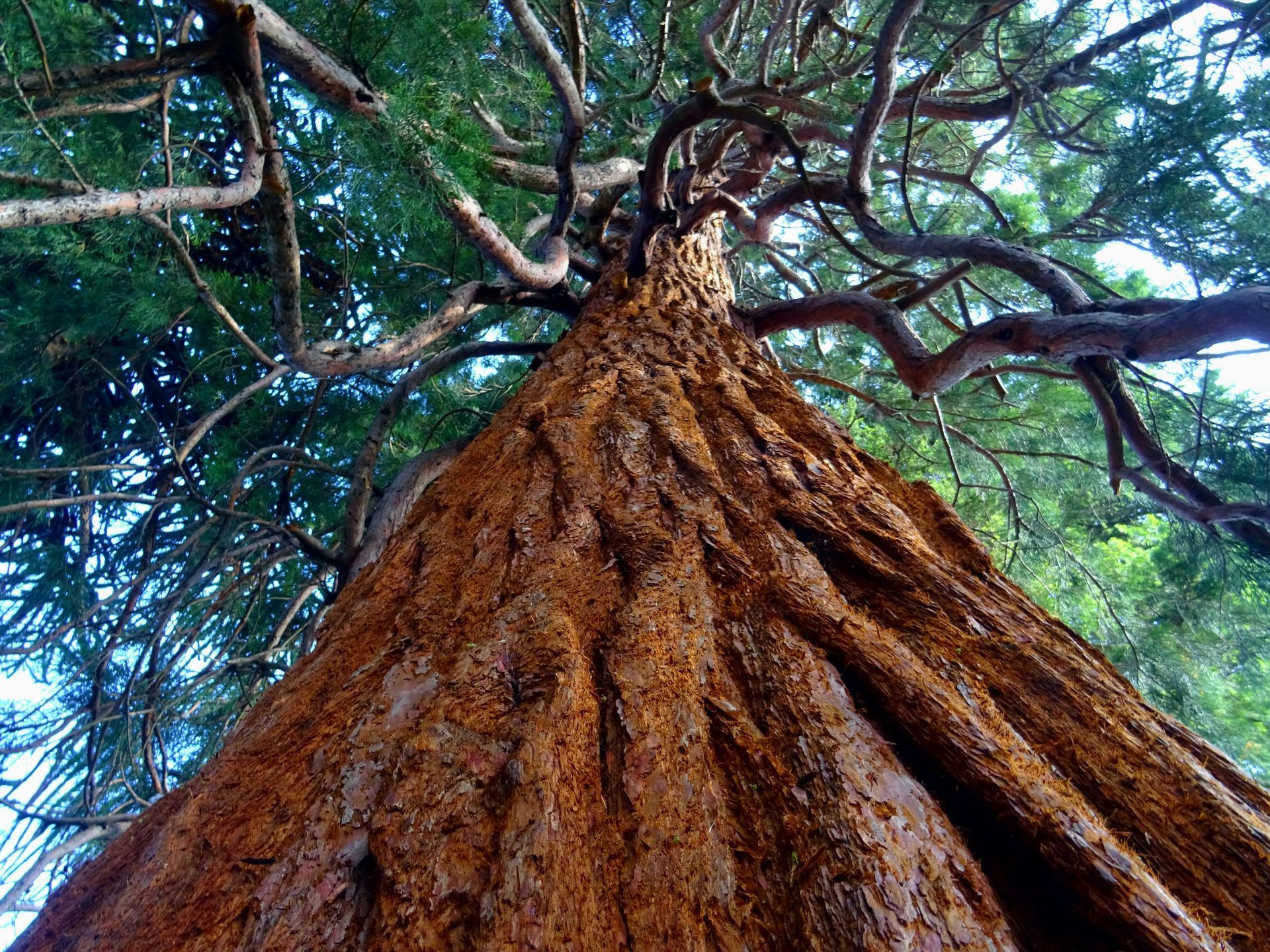
Kings Canyon National Park (Best Route)
The youngest of the three parks on the Majestic Mountain Loop, Kings Canyon National Park lies immediately to the north of Sequoia NP, with the two being the only national parks in the United States you can drive between internally.
Best known for its eponymous Kings Canyon gorge, which is among the deepest gorges in the United States at 8,000 feet deep, it also boasts countless beautiful canyons, lakes, rivers, mountains, forests, waterfalls, and cave systems.
It is also home to an abundance of wildlife that includes bighorn sheep, black bears, marmots, and over 200 species of birds, as well as the “General Grant”, the second-largest giant Sequoia on Earth, which was branded the “Nation’s Christmas Tree” by former US President Calvin Coolidge.
Fresno (Best Route)
Fresno is the 6th largest and 5th most populous city in California. With its incredible range of historic buildings, galleries, museums, theatres, bars, hotels, restaurants, and shops, and vibrant live music and performing arts scenes, it is a great place to enjoy a little culture and entertainment on the drive.
Sierra National Forest (Best Route)
Sierra National Forest covers 1.3 million acres and is filled with towering old-growth trees and stunning mountains, lakes, wilderness areas, and panoramic vistas, as well as hundreds of miles of trails. Ideal for activities like boating, camping, climbing, fishing, or hiking in the Summer, its China Peak Ski Resort turns it into a skier's paradise during the winter.
Yosemite National Park (Best Route)
The final national park on the “Majestic Mountain Loop”, Yosemite National Park is the 3rd oldest and 8th most visited national park in the United States, and one of the most popular natural destinations on Earth.
Best-known for its fabulous selection of mountains and waterfalls, including one of the tallest falls in North America, the 2425 foot (739-metre) high Yosemite Falls, it is filled with natural beauty spots like Glacier Point, Mariposa Grove, Tioga Road, and the Tunnel View overlook.
Add in its galleries, hotels, lodges, museums, restaurants, stores, meadows, and lakes in Yosemite Valley, the Wawona Pioneer Village, Sugar Pine Railroad, and a vibrant range of wildlife like bears, bighorn sheep, deer, and over 250 species of birds, and it is a destination everyone should see.
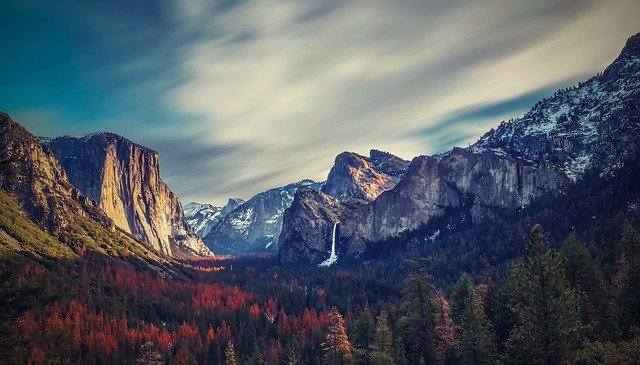
Modesto, California (Best Route)
Modesto is the 19th most populous city in California and a place best known for its natural environment. Its extensive tree planting and farm-to-table movements encapsulate the spirit of California. The birthplace of rockabilly music in the 1930s and Star Wars director George Lucas in the 1940s, George Lucas Plaza and its bronze statue honouring him and his movie “American Graffiti” are a must-see for any of his fans.
Other attractions in Modesto include the Gallo Centre For The Arts, Hawk Castle, John Thurman Field, McHenry Mansion and Museum, The State Theatre, various historic buildings and neighbourhoods, and numerous bars, clubs, hotels, restaurants, shops, farmers markets, and regular events.
Oakland, California (Best Route)
Oakland is the 8th most populous city in California and lies just across the San Francisco Bay from San Francisco. An understated city, it features a great, yet often overlooked selection of attractions, such as clubs, galleries, museums, theatres, and art, culture, and music venues. It is also far less expensive than San Francisco, so it is a great place to let loose without breaking the bank before you arrive at your destination.
San Jose (Short Route)
The third most populous city in California, behind San Diego and Los Angeles, San Jose is also the 12th most populous in the U.S. The largest urban area in “Silicon Valley”, it is the heart of the United States technology industry and one of the world’s main technology hubs.
A city known to be on the cutting edge, it is filled with innovative buildings and attractions, and some of the best art and dining establishments in the nation. It also features one of the best poker rooms in Northern California, Bay 101 San Jose.
Conclusion
A road trip to San Francisco from Grand Canyon National Park is an incredible journey that takes you through one of the most stunning parts of the United States. As we conclude our guide, you should now have all the information you need to make the journey yourself.
This includes which route to use, how long it will take, where to stay, and what to see along the way. We also have separate guides on where to stay and what to see in San Francisco to help you there as well.
All you have left is to decide what to take with you, and then you can start getting everything budgeted for and booked, so you can look forward to enjoying it all for yourself as soon as possible.
